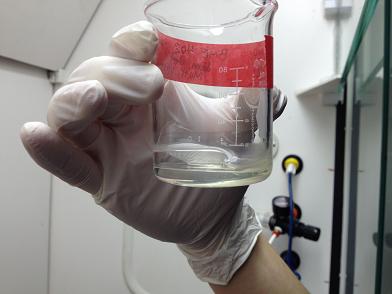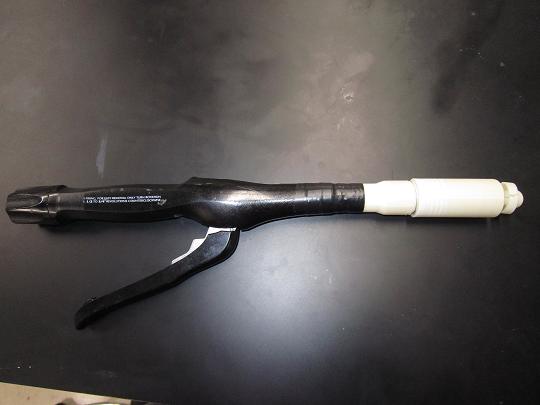Automated uretero-intestinal anastamosis with absorbable staples
Project Overview
In patients with bladder cancer, the bladder can be either partially or completely removed. A procedure called a radical cystectomy is required to completely remove the bladder when cancer has invaded the muscle layer of the bladder. Afterwards, a section of the small intestine can be used to form a new bladder (neobladder). If the neobladder is not constructed, a ureostomy bag is implemented instead. However, in both procedures the ureters must be connected to the new bladder tissue; this is currently done using absorbable sutures. There are several complications associated with this approach due to the invasiveness and length of the procedure. Our goal is to design and construct a stapler that is small enough to be passed through the ureter to perform automated uretero-intestinal anastomosis and secure the ureters to the neobladder or ureostomy bag with absorbable staples.
Team Picture

Images



Files
- Stapler Specific PDS (February 9, 2012)
- Staple Specific PDS (February 9, 2012)
- Midsemester Presentation (March 9, 2012)
- Absorbable Staples -- Executive Summary -- Tong (April 30, 2012)
- Poster (May 2, 2012)
- Final Journal Article (May 9, 2012)
Contact Information
Team Members
- Matthew Bollom - Team Leader
- Jeffrey Theisen - Communicator
- Vanessa Grosskopf - BSAC
- Samantha Paulsen - BWIG
Advisor and Client
- Dr. Willis Tompkins - Advisor
- Dr. Tracy Downs - Client
Related Projects
- Spring 2012: Automated uretero-intestinal anastamosis with absorbable staples
- Fall 2011: Automated uretero-intestinal anastomosis with absorbable staples
- Spring 2011: Automated uretero-intestinal anastamosis with absorbable staples
- Fall 2010: Automated uretero-intestinal anastamosis with absorbable staples
